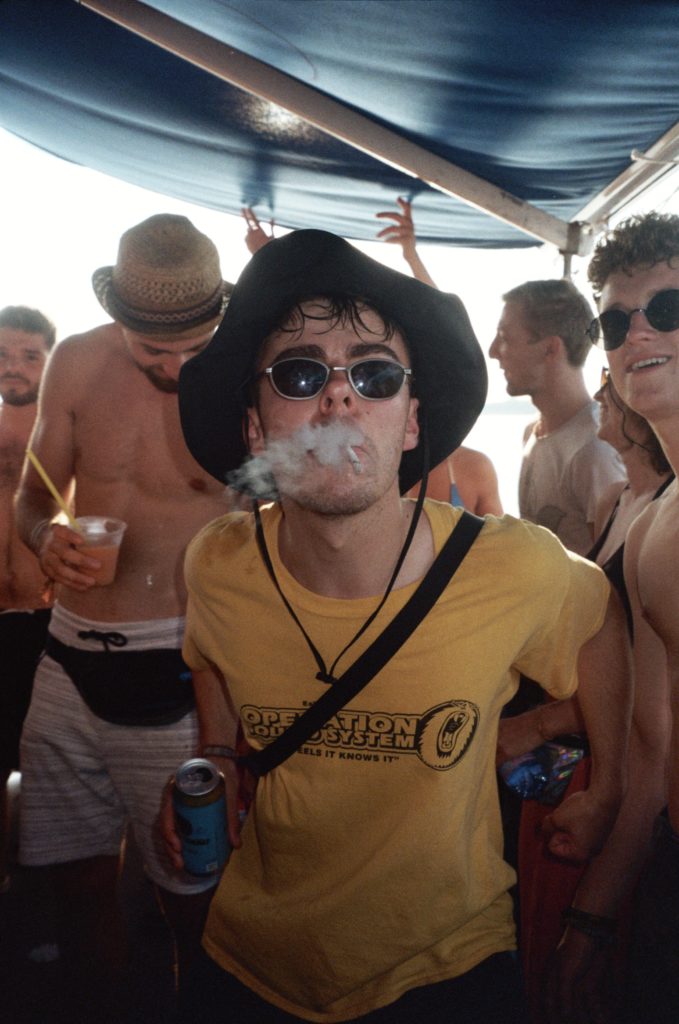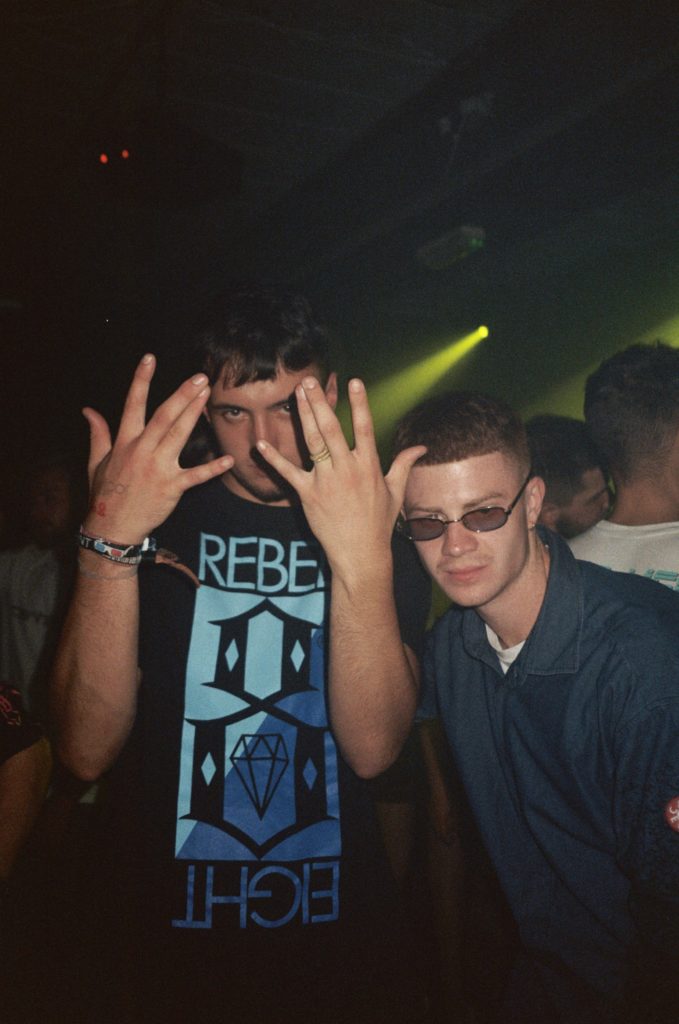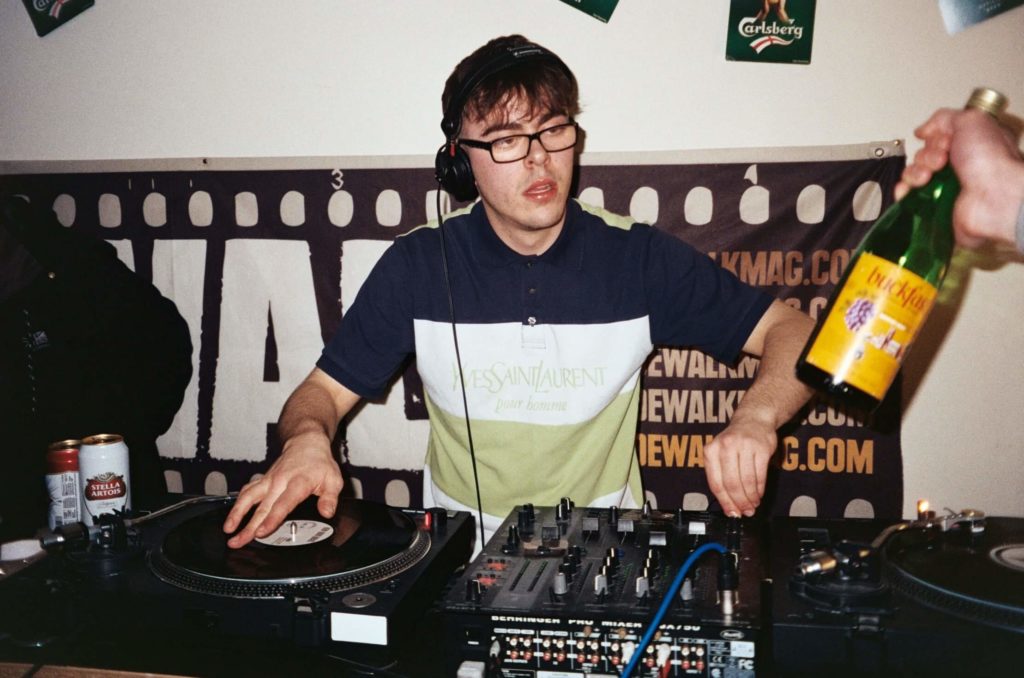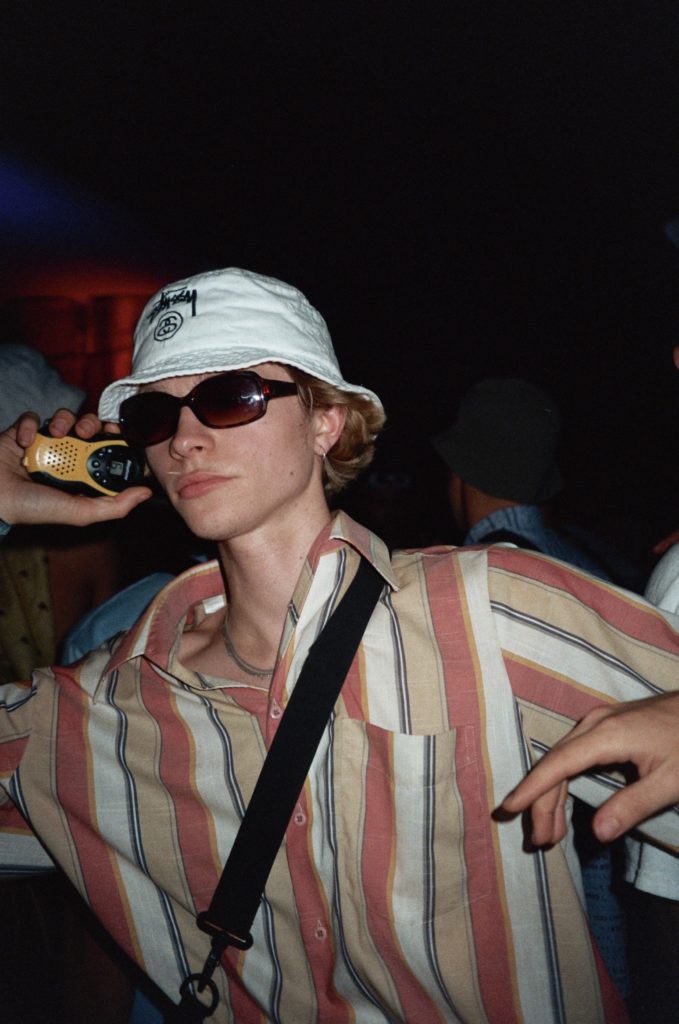The Rave Renaissance

Contribution by Abigail Tate.
An exploration into the post covid rave scene.
The return of raves was an emotional experience for many in July. Freedom Day embodied a mutual feeling of surrealism for every person as the sanctuary available through rave culture was once again possible. To those outside the scene is can seem absurd for people to be conveying such strong emotions for something which is often spoken of in reductive ways. The discourse around the rave scene has too often been reduced to simply encouraging drug use, loud music and not much else. But I think the collective longing felt by the community during the pandemic conveys how the rave scene was a necessity for many due to how it enables self-expression, community and escapism.

Why is rave so important?
Trying to describe the feelings evoked from the rave environment can be ineffable. There is a sense of openness that comes with the rave experience, which has only been intensified as a product of lockdown. For so many people, the rave scene has been vital to their growth. It has opened people up to a community, a range of people from multiple different backgrounds united through the mutual love of music.
The rave scene is both progressive and radical in the way that it rejects the individualist mindset so heavily imposed on us and instead reminds us of the communities in which we live, forcing a togetherness both physically and spiritually. Traditional social etiquette is rejected, especially those imposed during the lockdown. Rave encourages community, collectivist and free movement. It wants people to share and love and this is in radical opposition to the neoliberal ideologies constantly ingrained into us. Part of the appeal of this opposition to mainstream politics is that it is not necessarily directly imposed but rather an instinctual part of the culture.
There is a certain underground sociality and ritual to the rave which only enhances the feelings of community and belonging there. Amongst ravers, there is mutual, yet unspoken understanding with one another. Central to the rave is the physical aspects, the sharing of space, the meeting of new people and the bonding through dancing. Stresses of life momentarily blur away, and you become amassed in this body of dancing. This feeling of closeness has been described as the ‘communal soul’ of the rave environment, as people unite in a collective consciousness bound together through mutual admiration for music. It becomes an entirely cathartic experience and one any raver can relate to.
For many, the rave is a sacred space and so with this comes a need to protect it. The scene already experiences a lot of stigmatizations, stereotyping and overall negativity. The pandemic economically impacted the scene massively so being able to return to these spaces only increases the sense of benevolence felt amongst the community. By not being able to experience the scene for over a year, people are now much more vocal about how important environments like raves are to them. Raves are important as they act as spaces of pure escapism and maybe once taken for granted are back to being recognised as being an essential part of the culture.

Illusions to acid house
Nothing about rave culture is radically different to its origins, the core ethos remains the same. Rave is often a response to political unrest. Amongst the youth, there is always a need to oppose government ideology in some way. There are a lot of parallels drawn between the 80s Acid House rave scene and that of the post covid one. The 80s Acid House rave scene and its belief systems have transcended into today, especially as people untied, in this shared collective experience.
Hedonism, collectiveness, empathy and love were all things being rejected by Margaret Thatcher and so, the rave subsequently become a space for being to explore these feelings and act against the harmful policies and ideas presented by the Thatcherite government. Rave has always reflected the needs of the youth and so it seems essential to have these spaces safely accessible. The return to the rave offers a sense of optimism, the youth connecting to each other once again, especially at a time where we are becoming more and more divided. As a result of having spaces that still encourage these things essential to the human experience, those behaviours associated with raving can become part of our reality outside of it. In some ways, it is a utopian vision of what we as a community desire.

Decode Events
“From my own experience, going out and raving is way more than doing drugs. Music is a need and a form of expression, getting away from normalcy. To have the emotional hardship and uncertainty of covid and then not have any escapism from that was hard. One side got hard and the way of dealing with that stress disappeared. Especially for men, it can feel harder to reach out, so raving was such a socially necessary way to interact.” – Decode Events

Responsible Raver
Ultimately whilst life has changed a lot since the beginning of the pandemic, the core of the rave remains the same, “people who are buying tickets are excited, they really want to be there, and they are staying right till the end. There’s a new appreciation there – even when putting on an event and if there’s a rival promoter putting on an event on the same night, I don’t see it as rivalry, rather I think it’s sick that the scene is regrowing after so long.” To continue growing the scene after so much distress, there is still a responsibility that comes with raving during a pandemic and so it is essential we recognise this responsibility to preserve the vital experience of the rave.
Contribution by Abigail Tate.
Check out the GUAP Arts & Culture section, to discover new art, film, and creative individuals.

